Ace Your Budget: Planning and Financing Your Pickleball Court Construction
Introduction: Pickleball, the fastest-growing sport in America, has captivated players of all ages with its blend of tennis, badminton, and ping pong. You’re not alone if you’re considering adding a pickleball court to your property. But before you break ground, it’s essential to understand the financial aspects of the project. This guide will explore effectively budgeting for your pickleball court construction and securing the necessary financing.
1. Assess Your Needs:
The first step in budgeting for your pickleball court is to assess your needs. Consider factors such as the size of the court, the surface material, fencing, lighting, and any additional amenities you may want, such as seating areas or storage sheds. You can develop a more accurate budget by clearly defining your requirements upfront.
2. Research Costs:
Next, research the costs associated with each aspect of the project. Contact pickleball court construction companies to obtain quotes for materials, labour, and other expenses. Don’t forget to factor in ancillary costs such as permits, site preparation, and landscaping. You can get a competitive price for the work by gathering multiple quotes.
3. Set a Realistic Budget:
Establish a realistic budget for your pickleball court construction project based on your needs and research. Be sure to account for potential contingencies and unexpected expenses to avoid overspending. If your budget is limited, prioritise essential elements such as the court surface and fencing, and consider postponing non-essential upgrades.
4. Explore Financing Options:
Once you have a budget, it’s time to explore financing options. Depending on your financial situation and creditworthiness, you may have several options available, including:
- Personal Savings: Using cash to finance the project can help avoid interest payments and debt if you have sufficient funds.
- Home Equity Loan or Line of Credit: If you own your home, you can tap into your equity to finance the pickleball court construction. Home equity loans typically offer lower interest rates than other forms of financing.
- Personal Loan: If you don’t have enough equity in your home or prefer not to use it as collateral, you can apply for a personal loan from a bank or credit union. Remember that personal loans often have higher interest rates than home equity loans.
- Financing Through the Construction Company: Some pickleball court construction companies offer financing options to their customers. Review the terms and interest rates before committing to this option.
5. Plan for Long-Term Maintenance:
In addition to budgeting for the initial construction costs, it’s essential to consider the long-term maintenance expenses associated with your pickleball court. Regular maintenance, such as cleaning, resurfacing, and repairing cracks or damage, will help extend the life of your court and ensure optimal playing conditions for years to come. Factor these ongoing expenses into your budget to avoid surprises down the road.
Conclusion: Budgeting for your pickleball court construction project requires careful planning and consideration of various factors. You can ensure a successful and financially sound project by assessing your needs, researching costs, setting a realistic budget, exploring financing options, and planning for long-term maintenance. You’ll enjoy pickleball games on your new court in no time with the right approach.
Call us on: 0203 840 3492
Click here to find out more about The Pickleball Construction Company
Click here to complete our contact form and see how we can help with your court needs.

